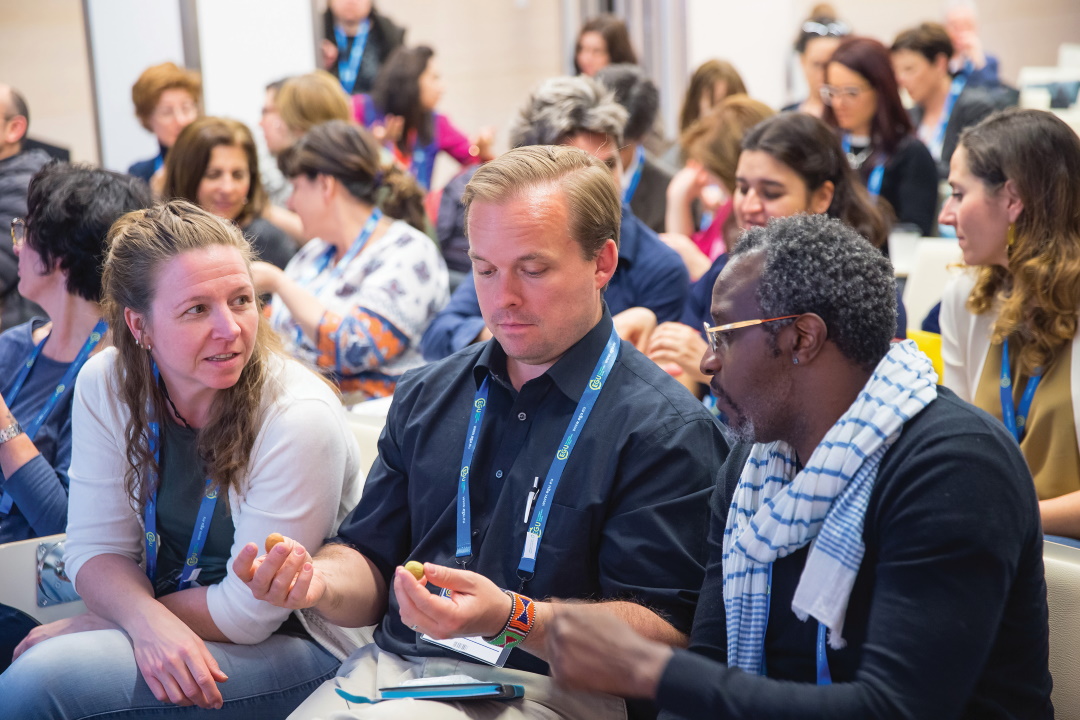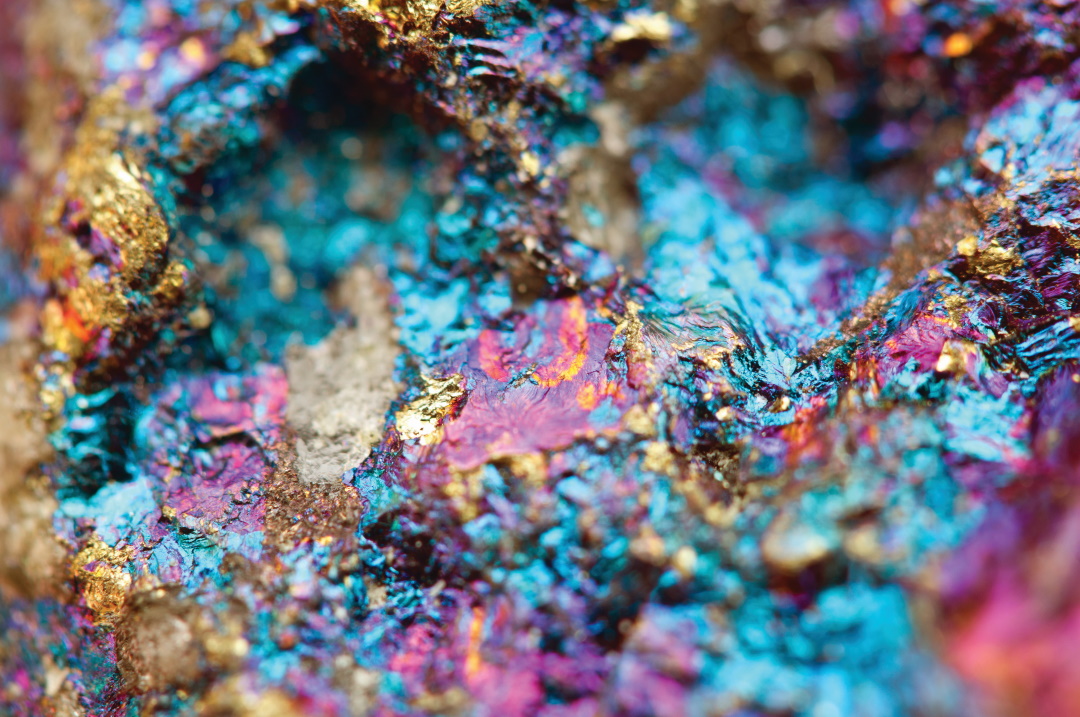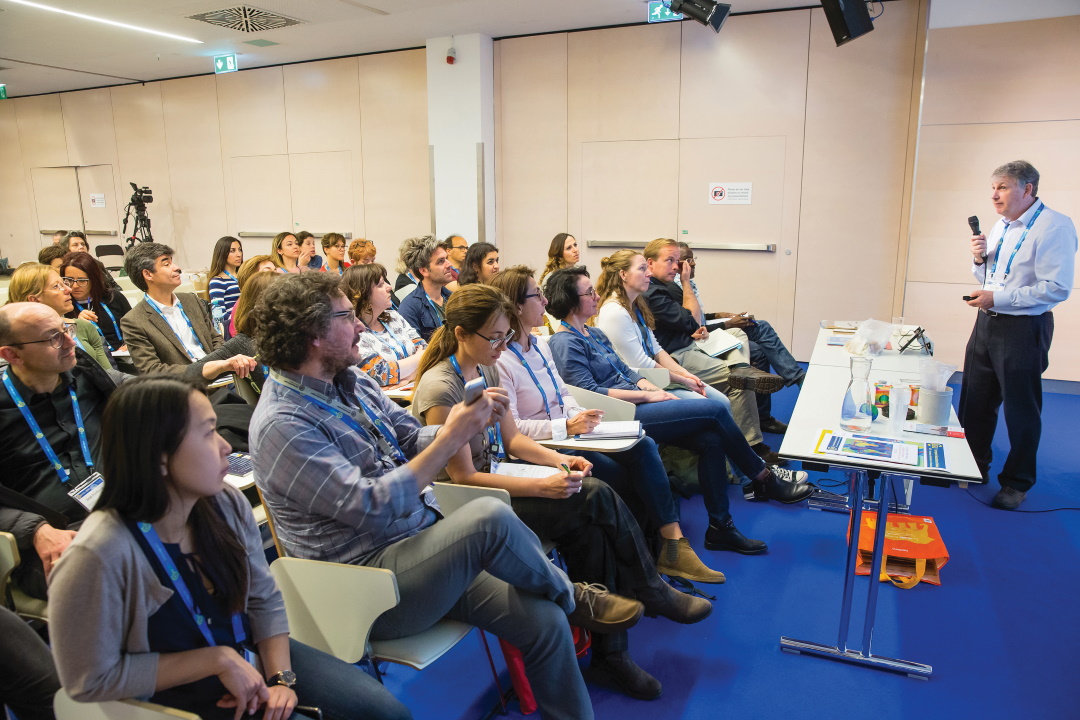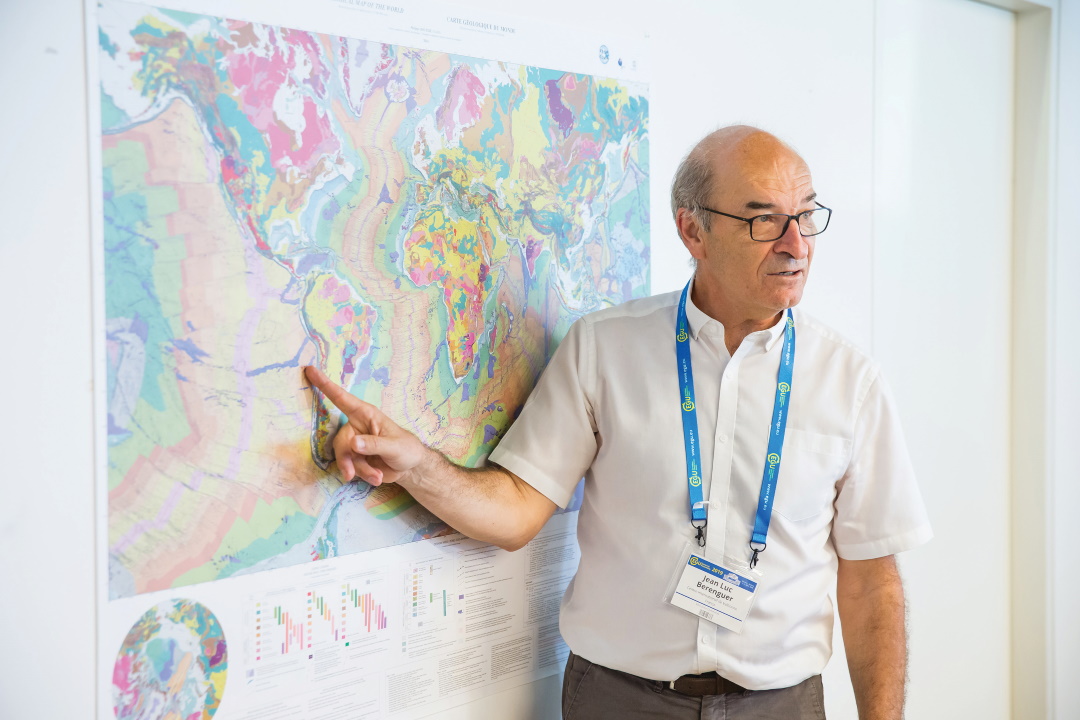“Geoscientists are essential to finding solutions to climate change, pollution, waste disposal and providing the raw materials we all need, whilst keeping us safe.”
After external research found the health of geoscience education across Europe “worrying”, the European Geosciences Union (EGU) embarked on a strategy to provide world-class education and training. The Chair of the EGU Committee on Education Chris King tells us more
Geoscience is a real motivator. So many students who study geoscience in the UK – often as an “afterthought”, initially – go on to become enthusiasts themselves, with more than 40% of them signing up for undergraduate geoscience degrees.
As for me, I was fired up by a geography teacher. I took an undergraduate degree at Bristol University before working for five years as a diamond prospector for De Beers in southern Africa and Australia – and I found (or rather, my team found) a diamond mine in Swaziland, which operated for 15 years. After that, I took an MSc and a teaching qualification, before teaching in a high school for 19 years. I then became an education lecturer, training geology and science teachers, for a further 19 years. During that time, we presented workshops to 40,000 teachers across the UK on how best to teach geoscience in their curriculum. We have research evidence showing that these workshops change the teaching in schools.
WHY ARE YOU PASSIONATE ABOUT GEOSCIENCE EDUCATION?
The wonderful thing about geoscience is that many of the scientific questions can be discussed by anybody, without a great deal of background knowledge. For example, a simple rock exposure can provoke a whole series of discussions: How was it first formed? What evidence does it contain for these formation processes? How was it changed into a rock? How was it deformed by mountain-building episodes into its present state? What role did global plate tectonics play in this? How was it exposed? What could it be used for? – all these questions can be discussed by most people, from highly experienced geoscientists to school pupils, at a range of different levels. All these discussions seek evidence and ideas, the basis of scientific discussion.
This teaching resource – one of Earth Learning Idea’s 300 free resources – demonstrates this perfectly: https://www.earthlearningidea.com/PDF/What_was_it_like_to_be_there_-_rock.pdf
• The “health” of school-level geoscience education across Europe and beyond is worrying;
• The most effective way to target geoscience education is to focus on teachers rather than pupils;
• Providing good teaching materials is not enough – educators need to be shown how to use the materials most effectively.
In 2019, the EGU’s Committee on Education updated its strategy report with the following in mind: “Strategies to support geoscience teaching are most effective when, at school level, there is effective geoscience content in the national curriculum and, at Higher Education (HE) level, the most effective curriculum development and teaching strategies have been found and disseminated. This requires a broad overview of educational development in Europe and beyond.”
The GIFT workshops usually run for two and a half days in collaboration with other major geoscientific conferences. This allows us to invite scientists, who are working at the cutting edge of their research and attending the international conferences, to offer presentations to teachers. As it says on our website, the idea is “to spread first-hand scientific information to science teachers of secondary (and primary) schools, significantly shortening the time between discovery and textbook, and to provide the teachers with material that can be directly transported to the classroom.” Any practising teacher in Europe and beyond can apply (about 10% of our participants are from beyond Europe). For teachers in Europe, the EGU offers grants to fully support travel and accommodation costs. In 2018, we had 78 attendees.
Geoscience is a real motivator. So many students who study geoscience in the UK – often as an “afterthought”, initially – go on to become enthusiasts themselves, with more than 40% of them signing up for undergraduate geoscience degrees.
As for me, I was fired up by a geography teacher. I took an undergraduate degree at Bristol University before working for five years as a diamond prospector for De Beers in southern Africa and Australia – and I found (or rather, my team found) a diamond mine in Swaziland, which operated for 15 years. After that, I took an MSc and a teaching qualification, before teaching in a high school for 19 years. I then became an education lecturer, training geology and science teachers, for a further 19 years. During that time, we presented workshops to 40,000 teachers across the UK on how best to teach geoscience in their curriculum. We have research evidence showing that these workshops change the teaching in schools.
WHY ARE YOU PASSIONATE ABOUT GEOSCIENCE EDUCATION?
The wonderful thing about geoscience is that many of the scientific questions can be discussed by anybody, without a great deal of background knowledge. For example, a simple rock exposure can provoke a whole series of discussions: How was it first formed? What evidence does it contain for these formation processes? How was it changed into a rock? How was it deformed by mountain-building episodes into its present state? What role did global plate tectonics play in this? How was it exposed? What could it be used for? – all these questions can be discussed by most people, from highly experienced geoscientists to school pupils, at a range of different levels. All these discussions seek evidence and ideas, the basis of scientific discussion.
This teaching resource – one of Earth Learning Idea’s 300 free resources – demonstrates this perfectly: https://www.earthlearningidea.com/PDF/What_was_it_like_to_be_there_-_rock.pdf
• The “health” of school-level geoscience education across Europe and beyond is worrying;
• The most effective way to target geoscience education is to focus on teachers rather than pupils;
• Providing good teaching materials is not enough – educators need to be shown how to use the materials most effectively.
In 2019, the EGU’s Committee on Education updated its strategy report with the following in mind: “Strategies to support geoscience teaching are most effective when, at school level, there is effective geoscience content in the national curriculum and, at Higher Education (HE) level, the most effective curriculum development and teaching strategies have been found and disseminated. This requires a broad overview of educational development in Europe and beyond.”
The GIFT workshops usually run for two and a half days in collaboration with other major geoscientific conferences. This allows us to invite scientists, who are working at the cutting edge of their research and attending the international conferences, to offer presentations to teachers. As it says on our website, the idea is “to spread first-hand scientific information to science teachers of secondary (and primary) schools, significantly shortening the time between discovery and textbook, and to provide the teachers with material that can be directly transported to the classroom.” Any practising teacher in Europe and beyond can apply (about 10% of our participants are from beyond Europe). For teachers in Europe, the EGU offers grants to fully support travel and accommodation costs. In 2018, we had 78 attendees.
These two workshops are run in active areas of the Earth: one in the Gulf of Corinth, one of the most earthquake-prone areas of the Earth (fortunately, most earthquakes there are small); and on Etna in Sicily, one of the most volcanically-active areas on Earth. University graduate researchers are invited to these workshops alongside teachers, making them a collaboration between teachers and researchers on the ground – indeed “on the moving ground” of Corinth and Etna!
EXCITINGLY, THE EGU HAS RECENTLY LAUNCHED ITS GEOSCIENCE EDUCATION FIELD OFFICERS PROGRAMME. CAN YOU BRIEFLY EXPLAIN ITS AIM AND THE BENEFITS FOR SCHOOLS AND TEACHERS?
The workshops given to more than 40,000 teachers across the UK are now available in mainland Europe. EGU funding has allowed us to advertise for and appoint four Field Officers, representing France, Italy, Portugal and Spain. They were trained in running workshops in Vienna last year (in association with the GIFT workshop there). On returning to their own countries, they translated the most appropriate parts of each workshop into their own languages, assembled the kit of materials needed to present the workshops, and began presenting the workshops in their own countries – mostly as part of geography or science teacher conferences.
To date, 90 teachers have been trained through this work, and have given highly enthusiastic feedback. More workshops are planned for the coming months. Next year, we will appoint another Field Officer for Germany and an additional three Field Officers for other European countries.
HOW DO TEACHERS OR SCHOOLS ACCESS THESE FIELD OFFICERS? WILL BRITISH TEACHERS BE ABLE TO ACCESS THIS INITIATIVE AFTER BREXIT?
The Field Officers’ backgrounds and contact details are available on the EGU website at: https://www.egu.eu/education/fieldofficers/. They would be delighted to hear from any groups of teachers in France, Italy, Portugal or Spain. Meanwhile, through our original network, we are also able to offer workshops to groups of teachers across the UK, via the ESEU website at: https://www.earthscienceeducation.com/. We are planning that Brexit will affect all these initiative as little as possible!
FINALLY, WHY DO WE NEED TO EDUCATE THE NEXT GENERATION OF GEOSCIENTISTS?
It is hard to get away from the fact that the exploitation of natural resources, such as power sources and raw materials, have caused some of Earth’s problems; however, without these, societies could not have reached the state of development that they have today. But the key fact is that geoscientists are now part of the solutions. We still need raw materials and energy supplies, but we can only find these sustainably through the work of geoscientists. Geoscientists are also essential to finding solutions to pollution, waste disposal and climate change – indeed geoscientists know more about climate change than most groups of people, from their geological time perspectives of the planet. Geoscientists can also reduce the impacts of natural disasters and aid the construction of more futureproof buildings.
So, in summary, geoscientists are essential to ameliorating the issues of climate change, pollution and waste disposal, whilst providing the materials we all need, and keeping us safe. Geoscientists know that the “present is the key to the past” of the Earth, but we now know that the “past and present are the key to the future” – and that the role of geoscience is critical to that future for everyone.
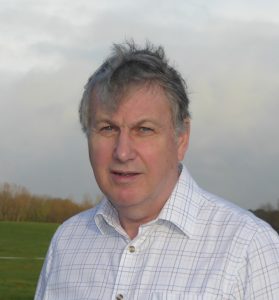 ABOUT CHRIS KING
ABOUT CHRIS KING“My role as Chair of the Committee on Education is to help the European Geosciences Union (EGU) develop its vision.”
EGU’S VISION FOR EDUCATION
“The EGU is committed to developing the next generation of geoscientists through the provision of world-class education, training and resources to secondary school teachers, university geoscience educators and to early career scientists, thus ensuring equitable access to the latest scientific knowledge and expertise.”
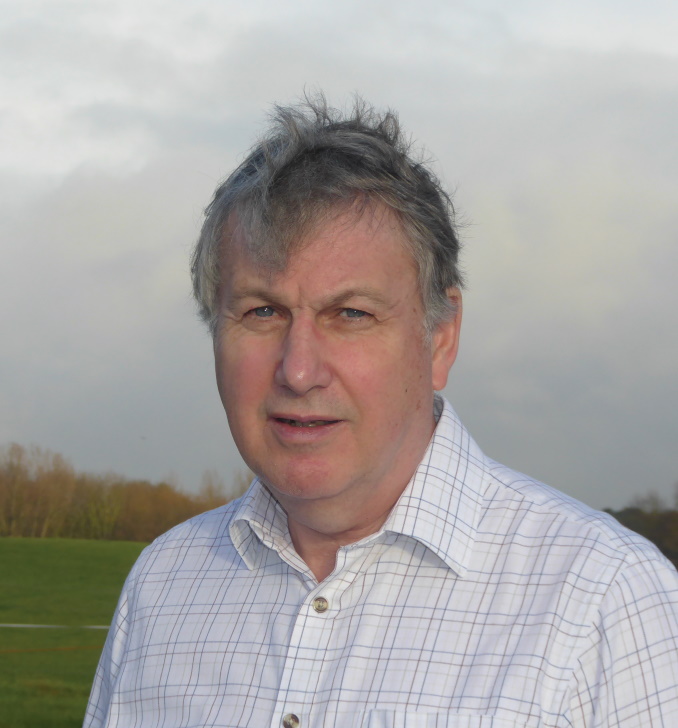 ABOUT CHRIS KING
ABOUT CHRIS KING“My role as Chair of the Committee on Education is to help the European Geosciences Union (EGU) develop its vision.”
EGU’S VISION FOR EDUCATION
“The EGU is committed to developing the next generation of geoscientists through the provision of world-class education, training and resources to secondary school teachers, university geoscience educators and to early career scientists, thus ensuring equitable access to the latest scientific knowledge and expertise.”


